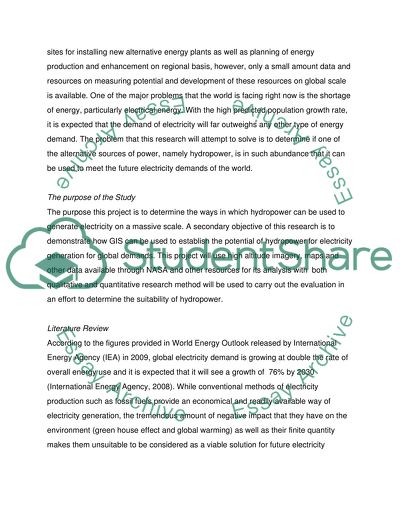Cite this document
(“Research Proposal Essay Example | Topics and Well Written Essays - 2000 words - 1”, n.d.)
Retrieved from https://studentshare.org/environmental-studies/1410152-research-proposal
Retrieved from https://studentshare.org/environmental-studies/1410152-research-proposal
(Research Proposal Essay Example | Topics and Well Written Essays - 2000 Words - 1)
https://studentshare.org/environmental-studies/1410152-research-proposal.
https://studentshare.org/environmental-studies/1410152-research-proposal.
“Research Proposal Essay Example | Topics and Well Written Essays - 2000 Words - 1”, n.d. https://studentshare.org/environmental-studies/1410152-research-proposal.


